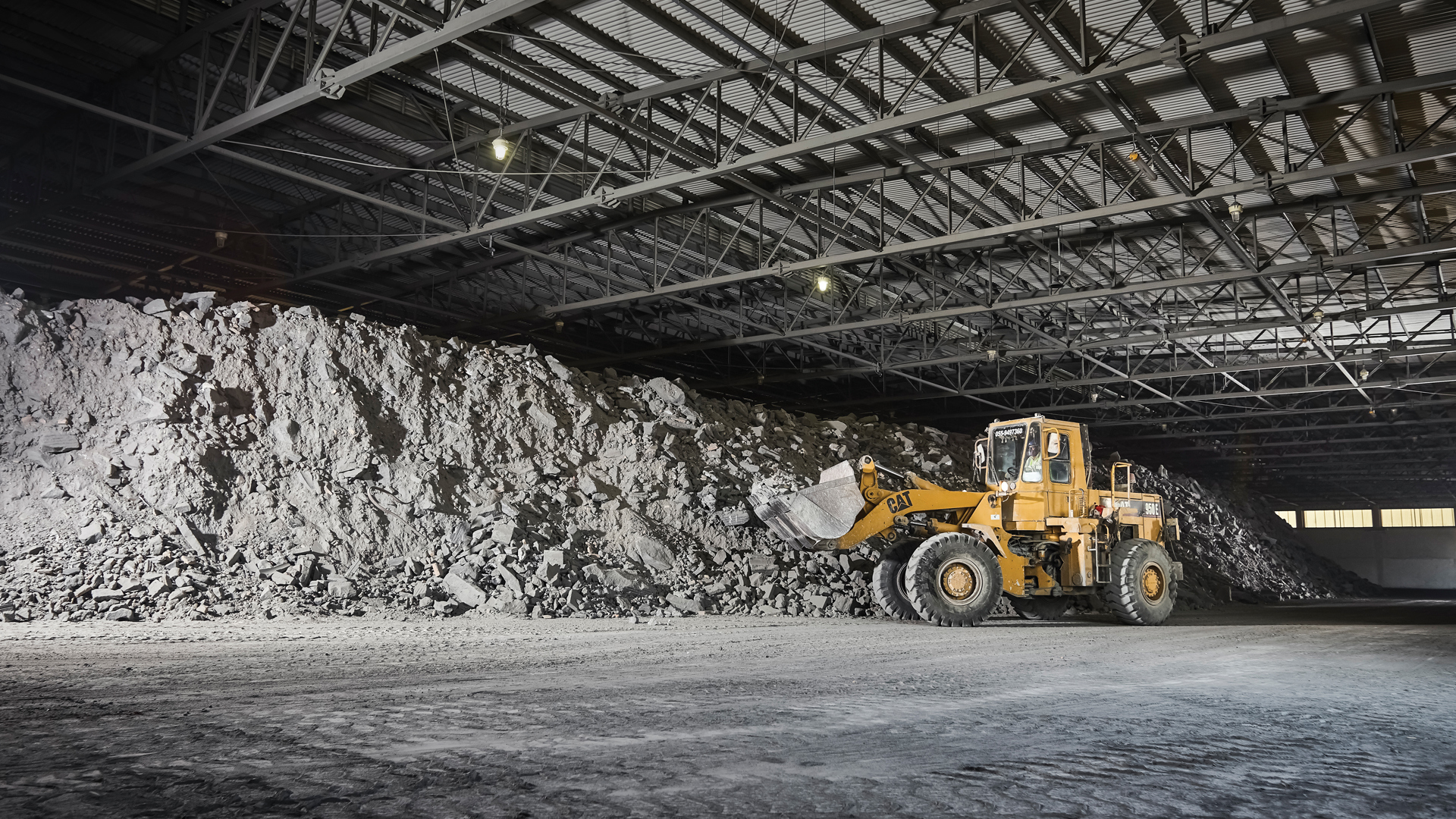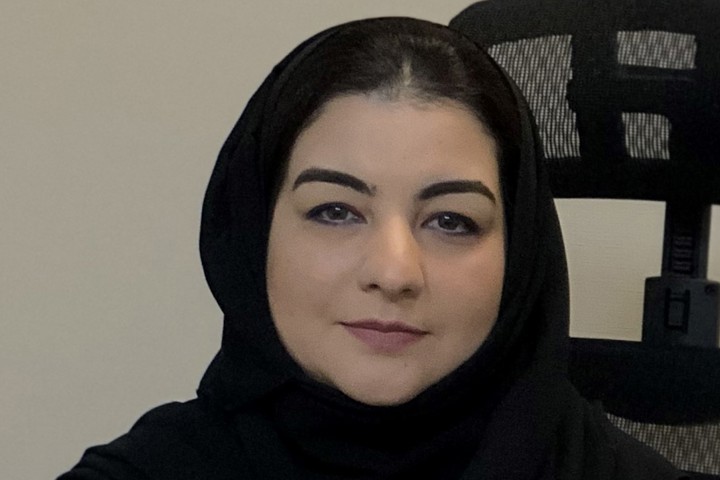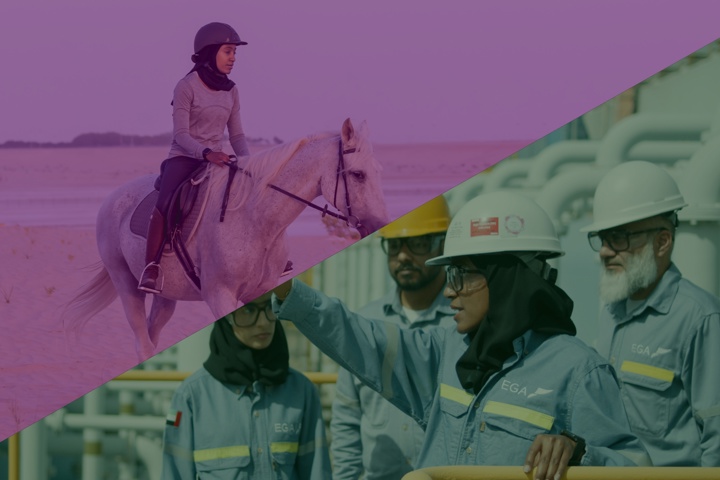
What does safety first really mean?
Meet Abdulazeez Adamkutty, Reduction Services Technician at EGA. He began his journey at EGA in 2009 as a Utility Operator and has worked his way up to lead a team of 15. Outside of work, Abdulazeez trains in Kalaripayattu, an ancient martial art that builds strength, focus and discipline. These qualities shape the way he leads his team and approaches every challenge at EGA. Watch his story.
Read more


